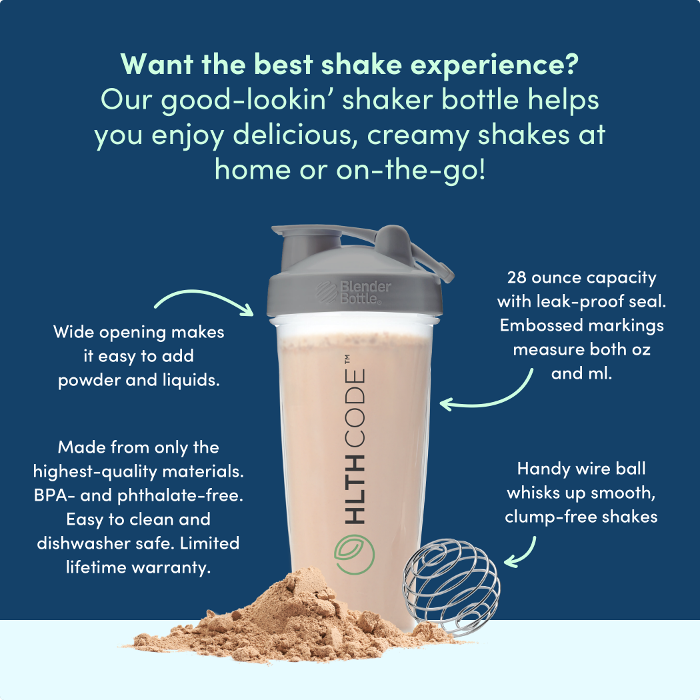Technology’s Impact on Wellness

Understanding Technology’s Impact on Wellness
Technology has woven itself into the fabric of our daily lives, revolutionizing the way we communicate, work, and entertain ourselves. From smartphones to social media platforms, technological advancements have undoubtedly brought convenience, fun, productivity and efficiency. However, as we immerse ourselves deeper into the digital realm, it becomes increasingly evident that this technological revolution offers substantial downsides. The negative impact of technology on overall wellness is a growing concern that warrants attention and action.
The Detrimental Effects of Technology on Wellness
- Physical Health
The sedentary lifestyle facilitated by technology poses significant risks to physical health. Hours spent hunched over screens can lead to poor posture, eye strain, and musculoskeletal issues1. Moreover, excessive screen time is associated with a lack of physical activity, which contributes to obesity and related health problems2.
- Mental Wellbeing
Technology’s influence on mental health is profound and multifaceted. Excessive use of social media platforms has been linked to increased feelings of loneliness, depression, and anxiety3. The constant stream of notifications and information bombardment can lead to stress and cognitive overload, impairing our ability to focus and concentrate4. Additionally, the curated and often idealized representations of life on social media can foster feelings of inadequacy and low self-esteem5, especially with adolescents and teens.
- Sleep Disturbances
The blue light emitted by screens disrupts the body’s natural sleep-wake cycle, leading to sleep disturbances and insomnia6. Prolonged exposure to screens before bedtime not only delays the onset of sleep but also reduces the overall duration and quality of sleep7. This chronic sleep deprivation can have serious consequences for physical and mental health, including impaired cognitive function and increased risk of chronic diseases8.
- Social Relationships
While technology has made it easier to connect with others, it has also altered the nature of our social interactions. Face-to-face communication is increasingly replaced by digital communication channels, leading to a decline in meaningful interpersonal connections9. Virtual interactions lack the depth and emotional richness of in-person communication, which are essential for building and maintaining healthy relationships10.
Harnessing Technology for Wellness
While technology poses challenges to wellness, it also holds immense potential to facilitate positive change. By leveraging technology mindfully and purposefully, we can enhance our overall wellness and mitigate its negative effects. Here are five recommendations for using technology to improve wellness:
- Mindfulness and Meditation Apps
Technology can be a powerful tool for cultivating mindfulness and promoting mental wellbeing. There is a growing number of mindfulness and meditation apps available that offer guided practices, breathing exercises, and relaxation techniques11. Incorporating these apps into our daily routine can help reduce stress, improve mood, and enhance overall resilience to life’s challenges.
- Health and Fitness Trackers
Wearable fitness trackers and health monitoring devices provide valuable insights into our physical activity, sleep patterns, and vital signs. By tracking our daily steps, heart rate, and sleep quality, we can gain a better understanding of our health behaviors and make informed decisions to improve our overall fitness and wellbeing12.
- Digital Detoxes and Boundaries
Establishing boundaries and practicing digital detoxes are essential for maintaining a healthy relationship with technology. Setting designated times to unplug from screens and engage in offline activities can help reduce screen time, alleviate digital fatigue, and foster a greater sense of presence and connection with the world around us13.
- Online Support Communities
Technology can facilitate access to online support communities and peer-to-peer networks, especially for individuals facing mental health challenges or chronic conditions. Participating in online forums, chat groups, and virtual support networks can provide valuable emotional support, empathy, and practical advice from others who share similar experiences14.
- Digital Wellbeing Tools
Many smartphones and digital devices now offer built-in features and settings designed to promote digital wellbeing. These include screen time tracking, app usage limits, and bedtime reminders to encourage healthier technology habits15. By taking advantage of these tools, we can regain control over our digital consumption and create a more balanced relationship with technology.
Conclusion
While technology has become an integral part of modern life, its unchecked proliferation poses significant risks to our overall wellness. From physical health ailments to mental health struggles and sleep disturbances, the negative impact of technology is undeniable. However, by adopting mindful strategies and carefully harnessing the positive potential of technology, we can mitigate its adverse effects and promote holistic wellbeing. Through mindfulness practices, health tracking tools, digital detoxes, online support communities, and digital wellbeing features, we can cultivate a healthier relationship with technology and reclaim our wellbeing in the digital age.
References
- Healy, G. N., Matthews, C. E., Dunstan, D. W., Winkler, E. A., & Owen, N. (2011). Sedentary time and cardio-metabolic biomarkers in US adults: NHANES 2003–06. European Heart Journal, 32(5), 590-597.
- Tremblay, M. S., LeBlanc, A. G., Kho, M. E., Saunders, T. J., Larouche, R., Colley, R. C., … & Gorber, S. C. (2011). Systematic review of sedentary behaviour and health indicators in school-aged children and youth. International Journal of Behavioral Nutrition and Physical Activity, 8(1), 98.
- Primack, B. A., Shensa, A., Sidani, J. E., Whaite, E. O., Lin, L. Y., Rosen, D., … & Miller, E. (2017). Social media use and perceived social isolation among young adults in the US. American Journal of Preventive Medicine, 53(1), 1-8.
- Rosen, L. D., Lim, A. F., Carrier, L. M., & Cheever, N. A. (2017). An empirical examination of the educational impact of text message-induced task switching in the classroom: Educational implications and strategies to enhance learning. Educational Psychology, 37(3), 355-365.
- Fardouly, J., Diedrichs, P. C., Vartanian, L. R., & Halliwell, E. (2015). Social comparisons on social media: the impact of Facebook on young women’s body image concerns and mood. Body Image, 13, 38-45.
- Chang, A. M., Aeschbach, D., Duffy, J. F., & Czeisler, C. A. (2015). Evening use of light-emitting eReaders negatively affects sleep, circadian timing, and next-morning alertness. Proceedings of the National Academy of Sciences, 112(4), 1232-1237.
- Gradisar, M., Wolfson, A. R., Harvey, A. G., Hale, L., Rosenberg, R., & Czeisler, C. A. (2013). The sleep and technology use of Americans: findings from the National Sleep Foundation’s 2011 Sleep in America poll. Journal of Clinical Sleep Medicine, 9(12), 1291-1299.
- Medic, G., Wille, M., & Hemels, M. E. (2017). Short-and long-term health consequences of sleep disruption. Nature and Science of Sleep, 9, 151.
- Turkle, S. (2011). Alone together: Why we expect more from technology and less from each other. Basic Books.
- Hall, J. A., & Baym, N. K. (2012). Calling and texting (too much): Mobile maintenance expectations, (over) dependence, entrapment, and friendship satisfaction. New Media & Society, 14(2), 316-331.
- Mani, M., Kavanagh, D. J., Hides, L., & Stoyanov, S. R. (2015). Review and evaluation of mindfulness-based iPhone apps. JMIR mHealth and uHealth, 3(3), e82.
- Patel, M. S., Asch, D. A., & Volpp, K. G. (2015). Wearable devices as facilitators, not drivers, of health behavior change. Jama, 313(5), 459-460.
- Steers, M. L., Wickham, R. E., & Acitelli, L. K. (2014). Seeing everyone else’s highlight reels: How Facebook usage is linked to depressive symptoms. Journal of Social and Clinical Psychology, 33(8), 701-731.
- Naslund, J. A., Aschbrenner, K. A., Marsch, L. A., Bartels, S. J., & The McLean Recovery Research Team. (2016). Facebook for supporting a lifestyle intervention for people with major depressive disorder, bipolar disorder, and schizophrenia: an exploratory study. Psychiatric Rehabilitation Journal, 39(4), 346-353.
- Apple Inc. (2019). Introducing Screen Time. Retrieved from https://www.apple.com/ios/whats-new/screen-time/.
This article is for informational and educational purposes only. It is not, nor is it intended to be substitute for professional medical advice, diagnosis, or treatment and should never be relied upon for specific medical advice.



















